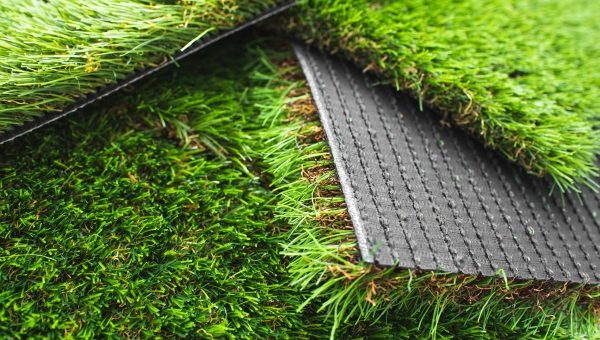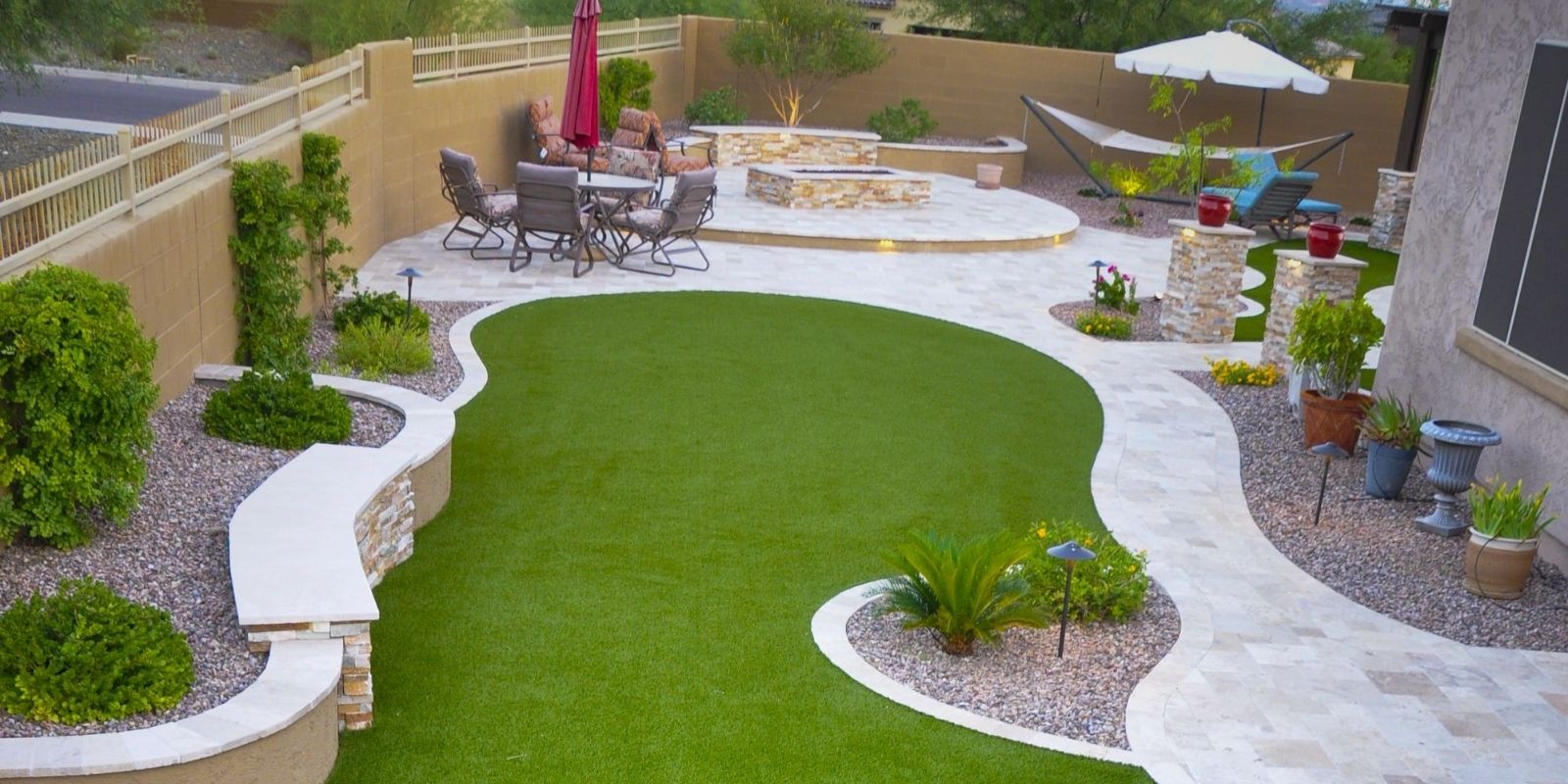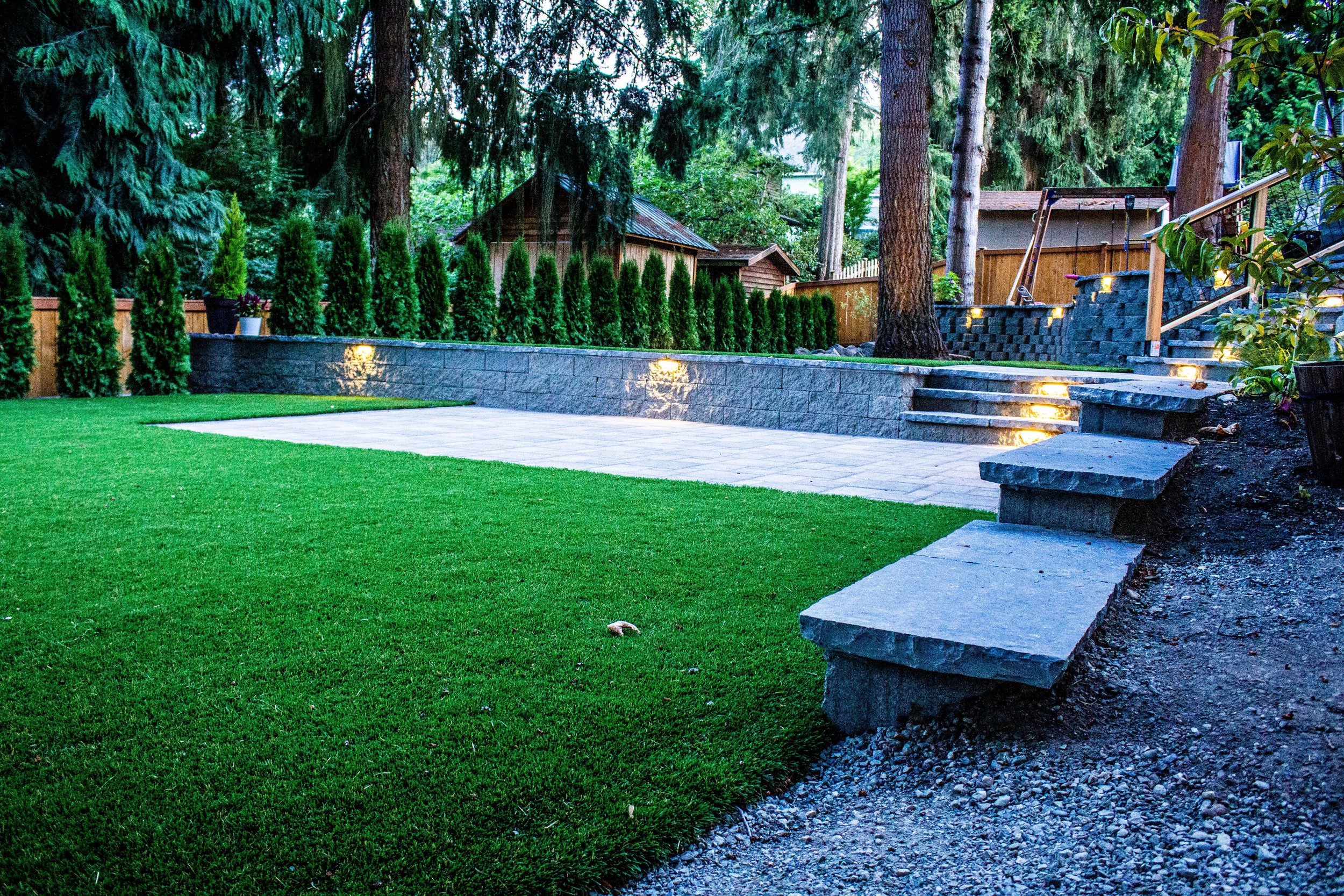Find Trusted Artificial Turf Companies Phoenix for High-Quality and Realistic Grass
Find Trusted Artificial Turf Companies Phoenix for High-Quality and Realistic Grass
Blog Article
Explore the Environmental Benefits of Opting for Synthetic Grass Solutions
The adoption of man-made lawn services presents an engaging chance to address pushing ecological obstacles. By dramatically reducing water use and lessening the application of harmful chemicals, these choices not only promote lasting landscaping but additionally secure local environments. The lower carbon impact connected with reduced maintenance activities contributes to an extra sustainable strategy to land administration. The effects of these benefits extend beyond plain conservation initiatives, elevating questions regarding their long-term influence on environment preservation and total environmental balance. Checking out these dimensions exposes a complex interplay worth thinking about.
Water Conservation Conveniences
Among the most substantial benefits of synthetic grass is its capacity to conserve water. Conventional grass lawns require considerable watering, particularly in locations prone to dry spell or water limitations. In comparison, synthetic grass does not need watering, dramatically reducing the overall need for water sources. This function is specifically helpful in arid areas where water shortage is a pushing problem.
By removing the need for routine watering, synthetic grass contributes to sustainable landscape methods and assists alleviate the environmental impact of extreme water intake. Additionally, the conservation of water includes the reduction of overflow, which can result in dirt disintegration and river air pollution.
Additionally, the installation of artificial grass permits house owners and districts to allot water resources extra successfully, focusing on essential uses such as drinking water and agriculture. The change towards synthetic grass not only advertises accountable water usage but likewise straightens with wider environmental goals intended at maintaining natural deposits.
As communities progressively focus on sustainability, the water preservation advantages of synthetic grass provide a compelling instance for its adoption in domestic and industrial landscaping jobs.
Lowered Chemical Usage
The change to synthetic grass substantially lowers the reliance on chemical therapies generally made use of in natural grass maintenance. Traditional turf monitoring typically entails the application of pesticides, fertilizers, and herbicides to promote growth and control parasites. These chemicals can pose dangers to human health and wellness, neighborhood wildlife, and the atmosphere, contributing to dirt and water contamination.
In comparison, synthetic turf removes the requirement for these unsafe compounds. By reducing the launch of synthetic substances into the environment, artificial lawn promotes much healthier soil and water systems.
In addition, the absence of chemical runoff connected with synthetic grass installations helps shield local rivers from contamination, supporting aquatic life and keeping biodiversity. Artificial turf companies phoenix. As areas significantly focus on sustainable practices, choosing for fabricated turf offers a practical service that lines up with ecological preservation objectives. Through this change, homeowner can enjoy rich environment-friendly areas without compromising environmental health and wellness, paving the way for an extra lasting future
Reduced Carbon Impact

In addition, the setup of artificial lawn can cause significant water preservation. Natural lawns call for substantial amounts you can try these out of water for watering, which not just contributes to the carbon footprint connected with water removal and treatment yet likewise pressures local water sources. On the other hand, artificial turf requires minimal maintenance, calling for no watering, thus considerably lowering water use and its linked power costs.
Additionally, the durability of synthetic lawn adds to its lower carbon impact. With a life expectancy of up to 15 years or even more, the need for frequent replacements is diminished, resulting in much less waste and lower energy usage in manufacturing and dealing with conventional turf choices. On the whole, synthetic grass provides a sustainable alternative for environmentally conscious landscape design.
Environment Preservation
Habitat preservation is a critical factor to consider in the argument over landscape design options, especially when contrasting synthetic grass to natural grass. All-natural turf lawns commonly require substantial maintenance, including the usage of plant foods, herbicides, and pesticides, which can adversely impact local ecological communities. These chemicals can leach into the dirt and waterways, damaging indigenous flora and animals and interrupting local environments.
In comparison, artificial lawn offers a possibility to decrease the ecological footprint of landscape design. By choosing for artificial yard, home owners can minimize the disturbance of all-natural environments connected with conventional grass treatment practices. Synthetic grass eliminates the requirement for damaging chemicals, thereby securing nearby wild animals and keeping the honesty of bordering environments. In addition, the installment of synthetic grass can lead to the conversion of previous grass locations into even more biodiverse landscapes, such as pollinator yards or indigenous plant areas, which can sustain regional wildlife.
Ultimately, the shift to synthetic grass not just saves water and lowers maintenance efforts however also promotes a much more unified connection in between human tasks and the natural surroundings, More about the author advertising environment conservation in the process.
Long-Term Sustainability
Long-term sustainability is an essential element in assessing the advantages of synthetic grass over typical lawn yards. Among one of the most significant benefits of man-made lawn is its longevity; it can last as much as 15-20 years with marginal upkeep, whereas all-natural lawn requires constant reseeding and replacement. This durability minimizes the need for constant sources, such as water, plant foods, and pesticides, which are crucial for preserving a healthy turf lawn.
Additionally, fabricated lawn adds to a reduction in carbon discharges connected with grass treatment equipment. Standard lawns frequently need gas-powered mowers, trimmers, and blowers, every one of which add to air contamination. Turf installation phoenix az. On the other hand, synthetic grass removes the demand for such equipment, promoting a cleaner environment
In addition, the production of fabricated grass increasingly makes use of recycled materials, boosting its sustainability account. As producers embrace eco-friendly practices, the environmental impact of synthetic grass continues to diminish.

Verdict
The adoption of synthetic grass remedies provides significant ecological advantages, including substantial water preservation, minimized reliance on hazardous chemicals, and a reduced carbon impact. Artificial grass aids in preserving all-natural environments by minimizing land disturbance and promoting long-lasting sustainability via the use of sturdy materials. Jointly, these elements underscore the possibility of synthetic grass to add positively to environmental health and wellness and offer a sensible alternative to standard landscaping methods in a progressively resource-conscious globe.
In contrast, synthetic lawn does not need watering, dramatically reducing the general need for water sources. By reducing the release of artificial compounds right into the ecological community, man-made lawn promotes healthier dirt and water systems.
In addition, the setup of synthetic lawn can result in substantial water conservation. In comparison, synthetic turf needs very little maintenance, needing no watering, therefore dramatically reducing water use and its linked energy expenses.

Report this page